Affiliate links on Android Authority may earn us a commission. Learn more.
iPhone 11 review: Apple finally takes affordable flagships seriously
October 1, 2022
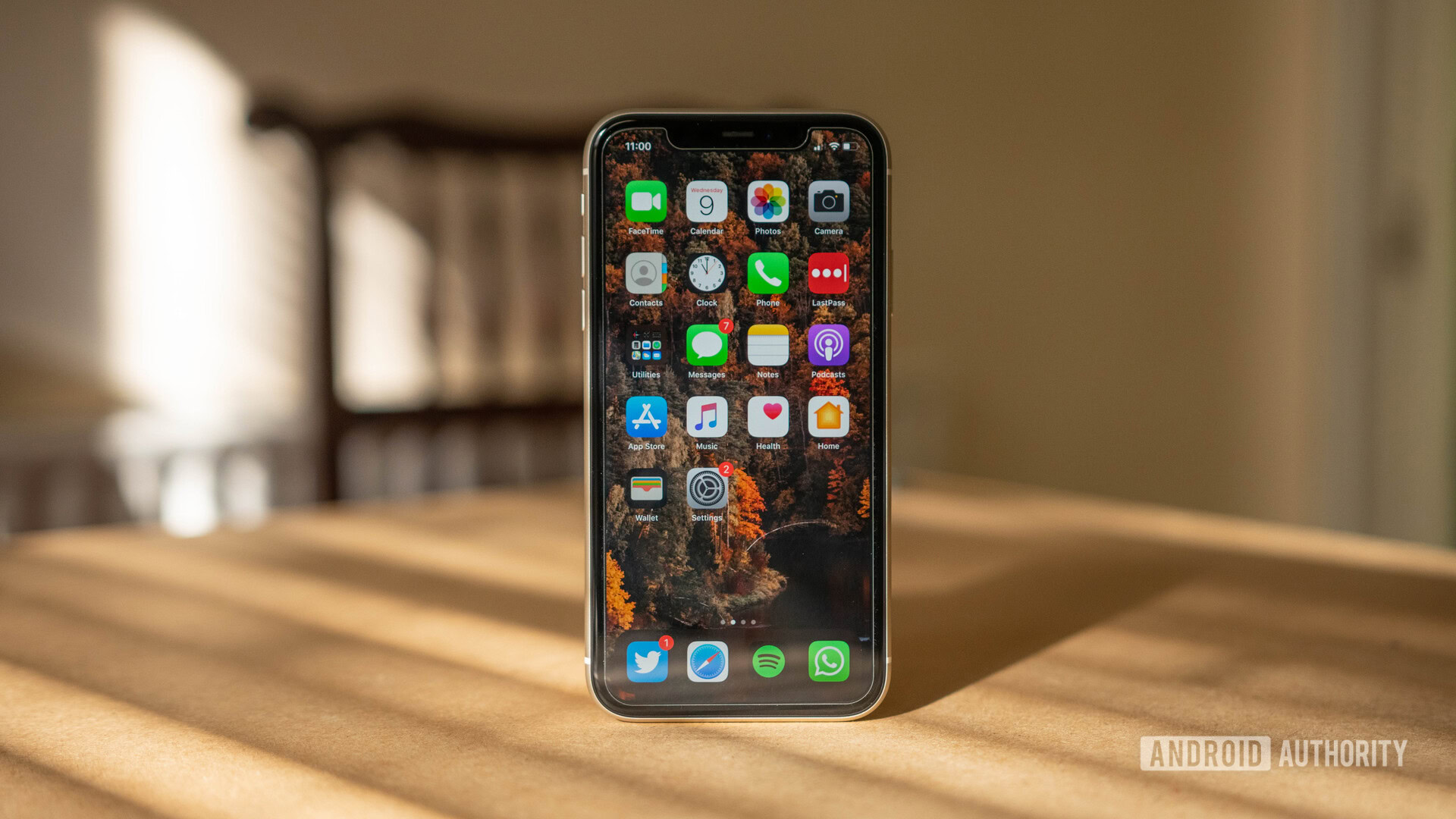
“Apple” and “affordable” are not typically found in the same sentence, but that’s what you get with the Apple iPhone 11. Starting at $699 the iPhone 11 isn’t exactly cheap, but this price point is pretty standard for affordable flagships such as the OnePlus 7 Pro. It’s also more or less in line with devices such as the Samsung Galaxy S10e and ASUS Zenfone 6.
We’ve already fully reviewed the iPhone 11 Pro Max and, in many ways, the iPhone 11 is quite similar. For this Apple iPhone 11 review, we’re keeping things simple by focusing on what’s different from the iPhone 11 Pro and Pro Max. Even more importantly, how does the iPhone 11 stand against other aggressively priced flagships?
What’s the difference between the iPhone 11 and 11 Pro?
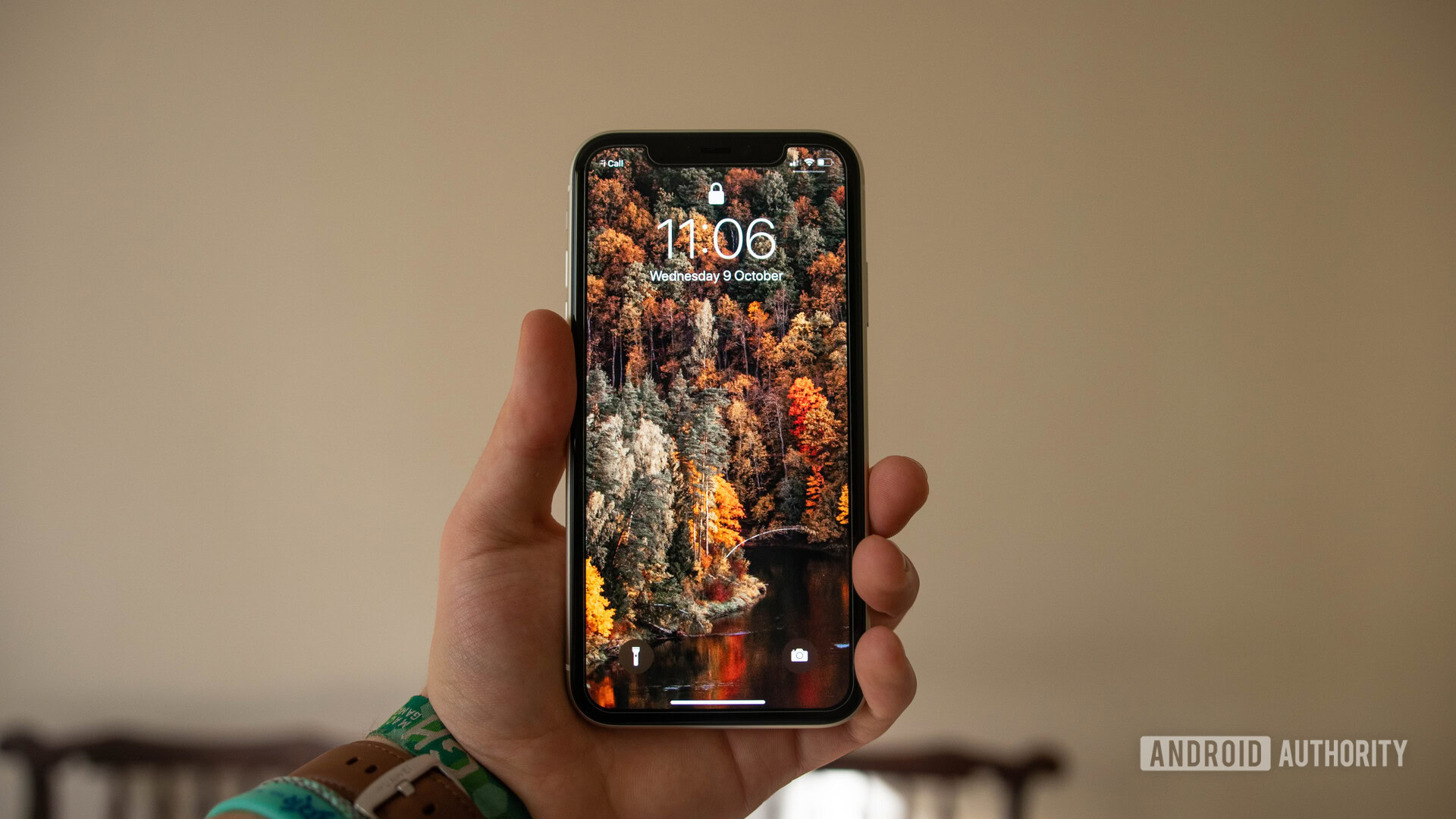
There are four main hardware differences between the iPhone 11 and the 11 Pro family:
- Display size, resolution, and type
- Battery size and the lack of fast charging out of the box
- The camera configuration
There are a few other minor areas where the iPhone 11 downgrades from the Apple iPhone 11 Pro and Pro Max, but we’ll let the chart below do the talking.
| Apple iPhone 11 | Apple iPhone 11 Pro | Apple iPhone 11 Pro Max | |
|---|---|---|---|
Display | Apple iPhone 11 6.1-inch LCD, 1792 x 828 | Apple iPhone 11 Pro 5.8-inch Super Retina XDR (AMOLED), 2436 x 1125 | Apple iPhone 11 Pro Max 6.5-inch Super Retina XDR (AMOLED), 2688 x 1242 |
Processor | Apple iPhone 11 Apple A13 Bionic | Apple iPhone 11 Pro Apple A13 Bionic | Apple iPhone 11 Pro Max Apple A13 Bionic |
RAM | Apple iPhone 11 4GB | Apple iPhone 11 Pro 4GB | Apple iPhone 11 Pro Max 4GB |
Storage | Apple iPhone 11 64/128/256 | Apple iPhone 11 Pro 64/256/512 | Apple iPhone 11 Pro Max 64/256/512 |
Cameras | Apple iPhone 11 Wide: 12MP, f/1.8, OIS Ultra-wide: 12MP, f/2.4, 120-degree FOV | Apple iPhone 11 Pro Wide: 12MP, f/1.8, OIS Ultra-wide: 12MP, f/2.4, 120-degree FOV Telephoto: 12MP, f/2.0, OIS, 2x optical zoom | Apple iPhone 11 Pro Max Wide: 12MP, f/1.8, OIS Ultra-wide: 12MP, f/2.4, 120-degree FOV Telephoto: 12MP, f/2.0, OIS, 2x optical zoom |
Battery | Apple iPhone 11 3,110 mAh battery 5W charger in box 18W fast charger sold separately Qi wireless | Apple iPhone 11 Pro 3,046mAh 18W fast charging Qi wireless charging | Apple iPhone 11 Pro Max 3,969mAh 18W fast charging Qi wireless charging |
IP rating | Apple iPhone 11 IP68 dust/water resistant (up to 2m for 30 mins) | Apple iPhone 11 Pro IP68 dust/water resistant (up to 4m for 30 mins) | Apple iPhone 11 Pro Max IP68 dust/water resistant (up to 4m for 30 mins) |
Biometric authentication | Apple iPhone 11 FaceID | Apple iPhone 11 Pro FaceID | Apple iPhone 11 Pro Max FaceID |
Dimensions and weight | Apple iPhone 11 75.7 x 150.9 x 8.3mm, 194g | Apple iPhone 11 Pro 144 x 71.4 x 8.1 mm, 188g | Apple iPhone 11 Pro Max 158 x 77.8 x 8.1 mm, 226g |
Colors | Apple iPhone 11 Black, Yellow, Red Green, Purple, White | Apple iPhone 11 Pro Space Gray, Silver, Gold, Midnight Green | Apple iPhone 11 Pro Max Space Gray, Silver, Gold, Midnight Green |
What’s a ‘cheap’ iPhone like?
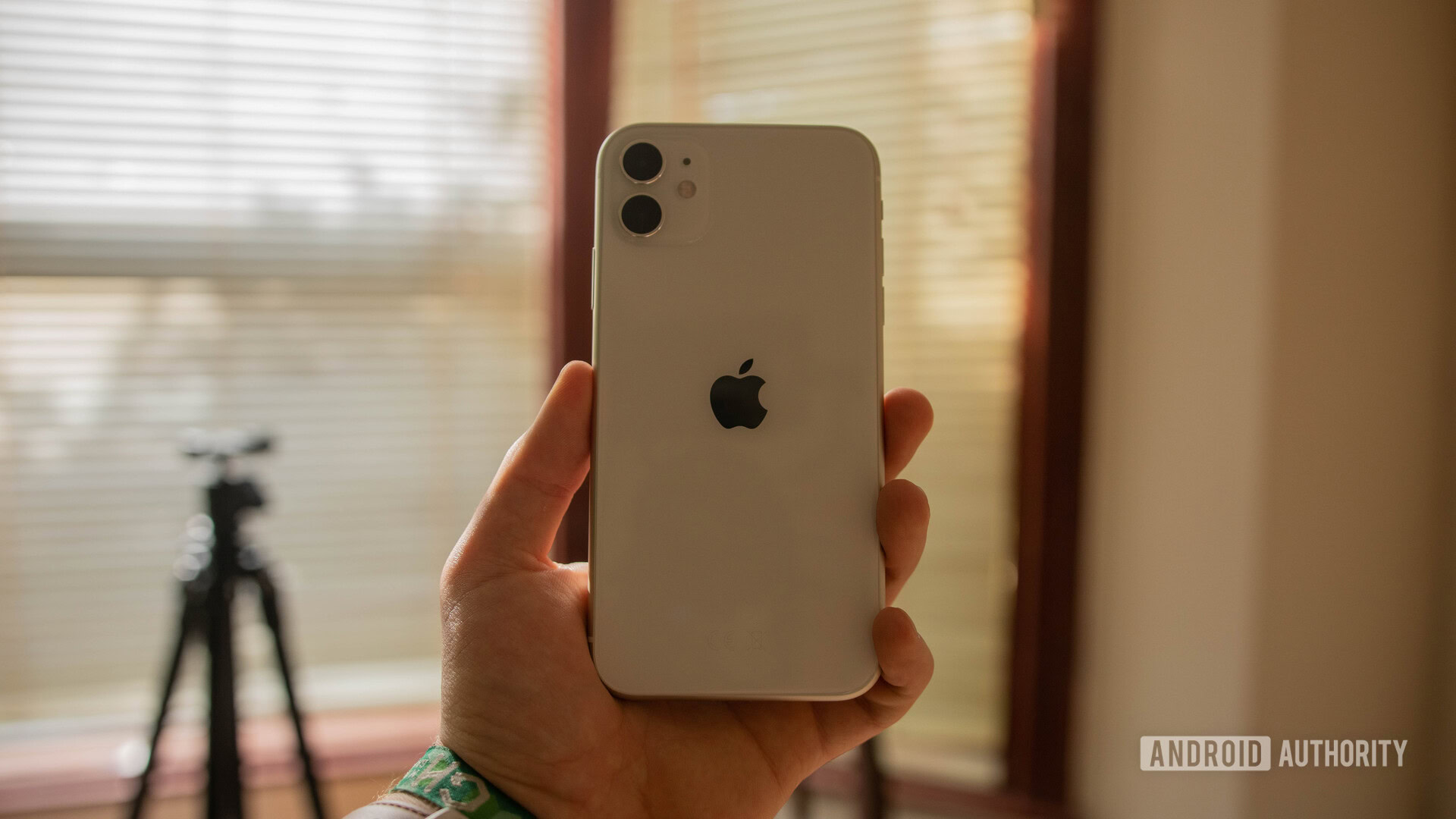
Okay, cheap is a bit of an exaggeration. After all, it wasn’t long ago that $699 was the average price you’d pay for a high-end phone. The Apple iPhone 11 still looks and performs like a flagship device, but after using the Pro model I admit it doesn’t feel quite as impressive.
We praised the iPhone 11 Pro Max for its matte glass finish, which really made it feel like a high-end affair. The iPhone 11 swaps this out for a glossy back. It’s actually slightly less slippery than the Pro Max, but is much more of a fingerprint magnet. The iPhone 11 Pro and Pro Max feature stainless steel frames, while the iPhone 11 opts for aluminum.
Apple wanted to make it clear that the Pro is the “better” line, and, since the specs aren’t that different, it’s not surprising Apple did its best to make the Pro models feel better at least. Side-by-side, the Pro wins on design and feel. In its own bubble, however, the iPhone 11 is still attractive, looks good, and is every bit as snappy and feature-packed as many of today’s flagships.
The iPhone 11 doesn't feel as substantial as the iPhone 11 Pro Max.
The iPhone 11 reminds me of the OnePlus 7 Pro — at least as far as the philosophy behind it goes. The OnePlus 7 Pro is a flagship device, but it has a few trade-offs compared to more expensive competitors such as less-than-great battery life, a lack of wireless charging, and other little things. For many, the trade-offs are well worth it and the OnePlus 7 Pro is a much better value than pricier flagships that pack all the extra bells and whistles. The same situation applies to the iPhone 11, at least to some degree.
The iPhone 11 is a better value than the 11 Pro. The iPhone 11 is also priced aggressively enough that it might attract Android users who are interested in trying Apple’s ecosystem, but are also unwilling to spend a grand or more to do it.
The display is one area where the iPhone 11 takes a noticeable step back from the Pro and many Android phones. Instead of the Pro’s high-resolution AMOLED, the iPhone 11 offers a 6.1-inch LCD with a resolution of 1,792 x 828. The display tends to look a bit washed out compared to other flagship devices. It wasn’t a bad experience, it’s just noticeably less impressive than the Pro and even devices like my Pixel 3 XL.
The good news? The iPhone 11 is a powerful device, despite a few trade-offs. In the chart below we placed the iPhone 11’s benchmark scores against the Pro Max, Note 10 Plus, and OnePlus 7 Pro. As you can see, it doesn’t lag behind in the slightest.
| iPhone 11 | iPhone 11 Pro Max | OnePlus 7 Pro | Samsung Galaxy Note 10 Plus | |
|---|---|---|---|---|
Antutu | iPhone 11 452,369 | iPhone 11 Pro Max 454,013 | OnePlus 7 Pro 361,038 | Samsung Galaxy Note 10 Plus 369,029 |
Geekbench 5 | iPhone 11 Single: 1,331 Multi: 3,393 | iPhone 11 Pro Max Single: 1,328 Multi: 3,478 | OnePlus 7 Pro Single: 730 Multi: 2,700 | Samsung Galaxy Note 10 Plus Single: 717 Multi: 2,637 |
3D Mark | iPhone 11 5,204 | iPhone 11 Pro Max 5,404 | OnePlus 7 Pro 5,412 | Samsung Galaxy Note 10 Plus 5,692 |
This is the best camera in this price range
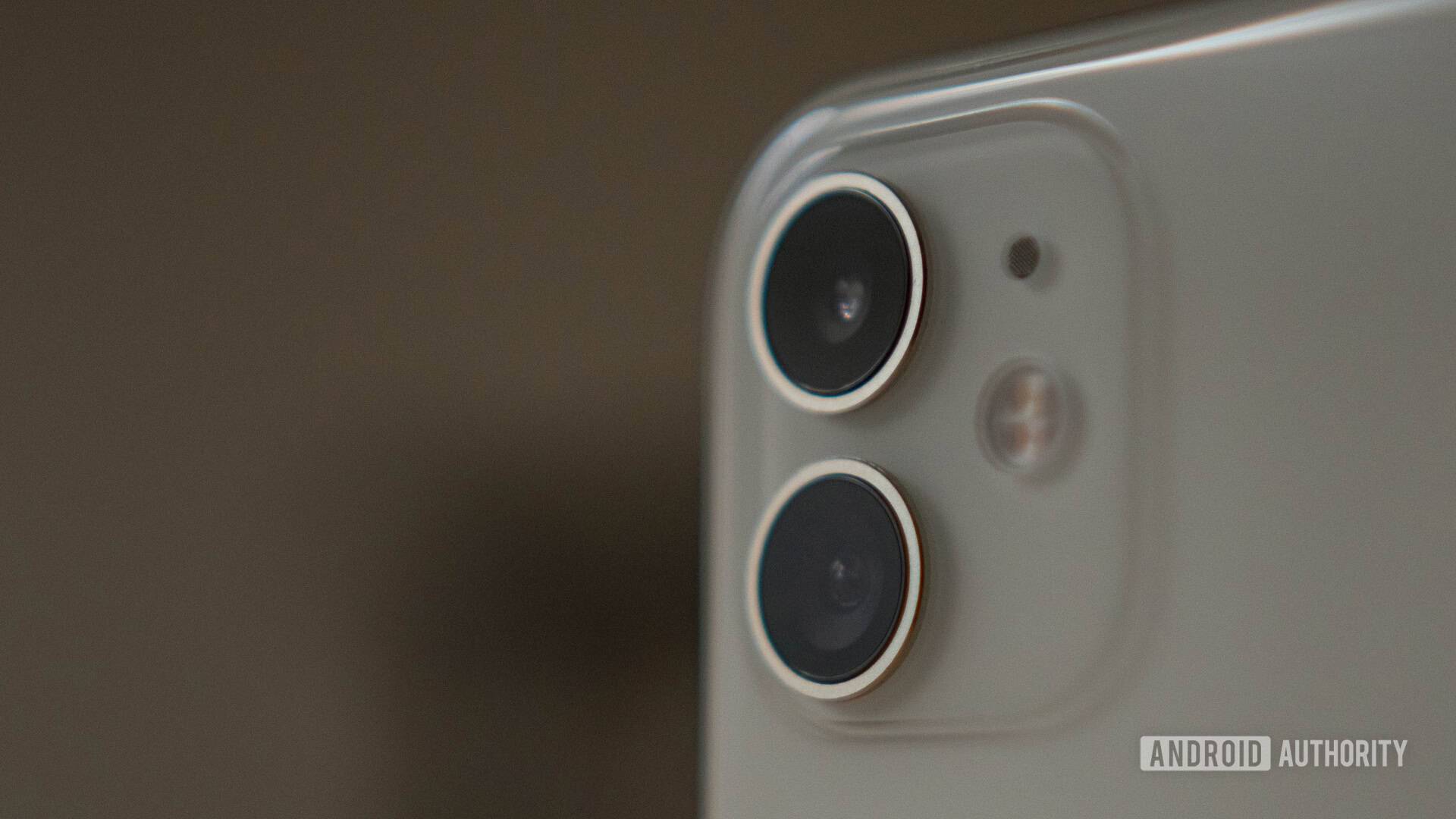
The iPhone 11 camera isn’t much different from the 11 Pro and Pro Max, though it ditches the telephoto lens while keeping the standard and wide-angle lenses. Apple claims it performed a bunch of calibration hocus pocus on the Pro’s camera that goes beyond just the hardware. In everyday life, I thought the photos taken with the iPhone 11 looked pretty similar to those taken by the iPhone 11 Pro.
Photos taken in good light looked great. Photos taken at night also looked exceptional, thanks to Apple’s impressive night mode. The only thing I really missed was the telephoto lens, and I can’t say it was that big of a deal to live without.
Here just a few samples of typical photos taken during the day:
Just like the iPhone 11 Pro Max, shots taken in the early evening with night mode turned out almost look like they were taken during the day:
For a better look at the camera features, check out our iPhone 11 Pro vs Note 10 Plus camera comparison. Just remember that with the iPhone 11 you won’t get a telephoto lens and Apple’s claimed “exclusive” calibration/optimization work for the Pro. You likely won’t care, though, as the iPhone 11 is still an exceptional camera.
The iPhone 11 probably has the best mobile camera you’ll find under $750.
What’s the battery life like?
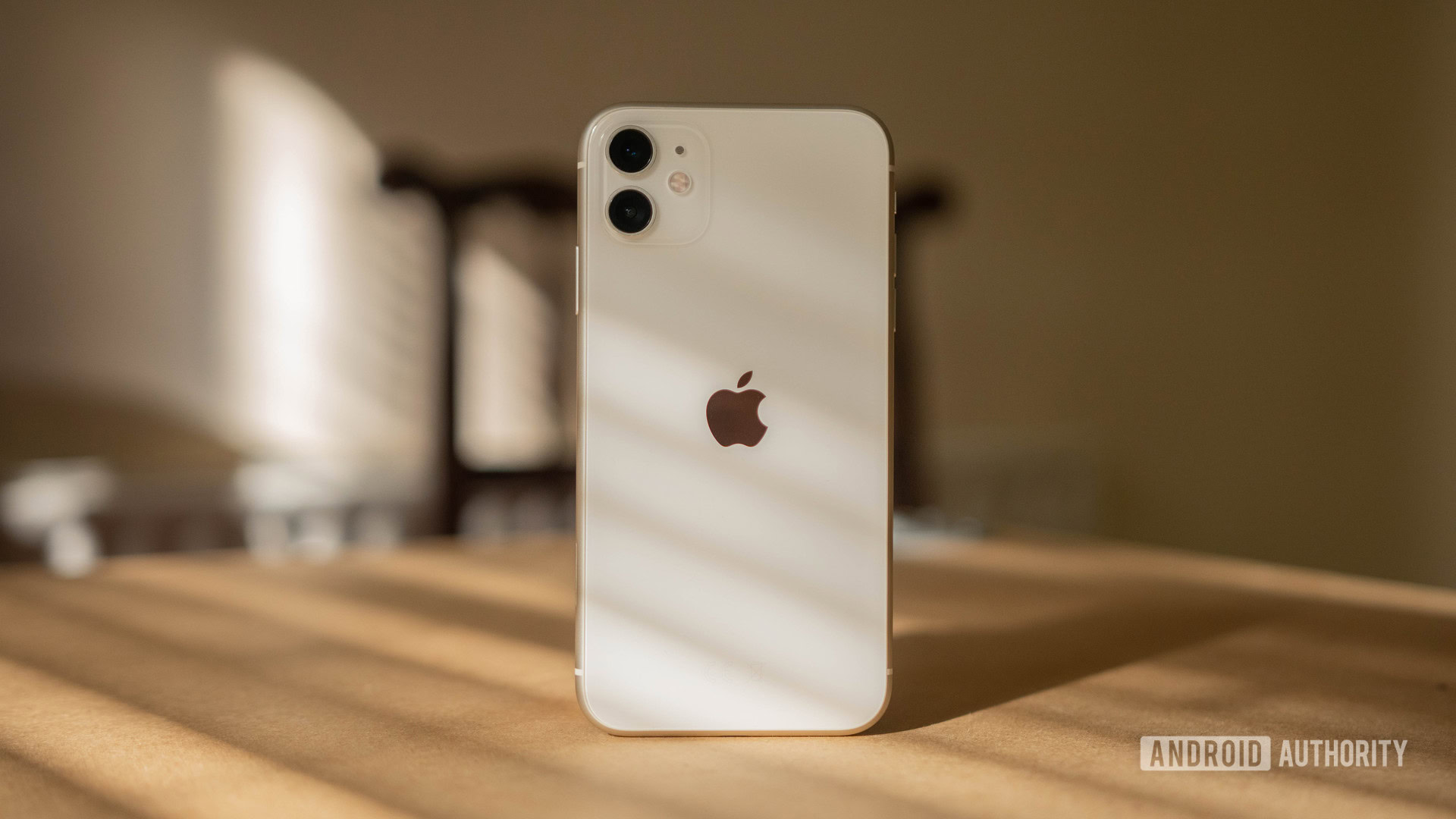
The iPhone 11 Pro Max had great battery life, and the same can be said for the iPhone 11. Mostly.
On a typical day, I took the phone off the charger around 6am and never once felt the need to charge the phone mid-day. When I was ready to settle down for the night, typically around 10pm, the battery was often approaching 15% or so. The iPhone 11 can easily make it through even a demanding user’s day. Those who have more modest use can likely keep it going into day two without much trouble.
One small gripe: Apple packs the iPhone 11 with a slow 5W charger rather than the Pro’s faster 18W charger. Yes, you can buy an official quick charger for $30 and find third-party options even cheaper, but you shouldn’t be forced to pay extra for something that just about every modern Android handset includes in the box. (Of course, this is Apple we’re talking about.)
I tested the iPhone 11 with the 5W charger and the 18W charger from the Pro. The quick charger can bring the iPhone 11 from zero to 50% within 30 minutes, and around 80% within an hour. The 5W charger isn’t so impressive, boosting the iPhone 11’a battery by just 15% after 30 minutes of charging.
Who is the iPhone 11 for?
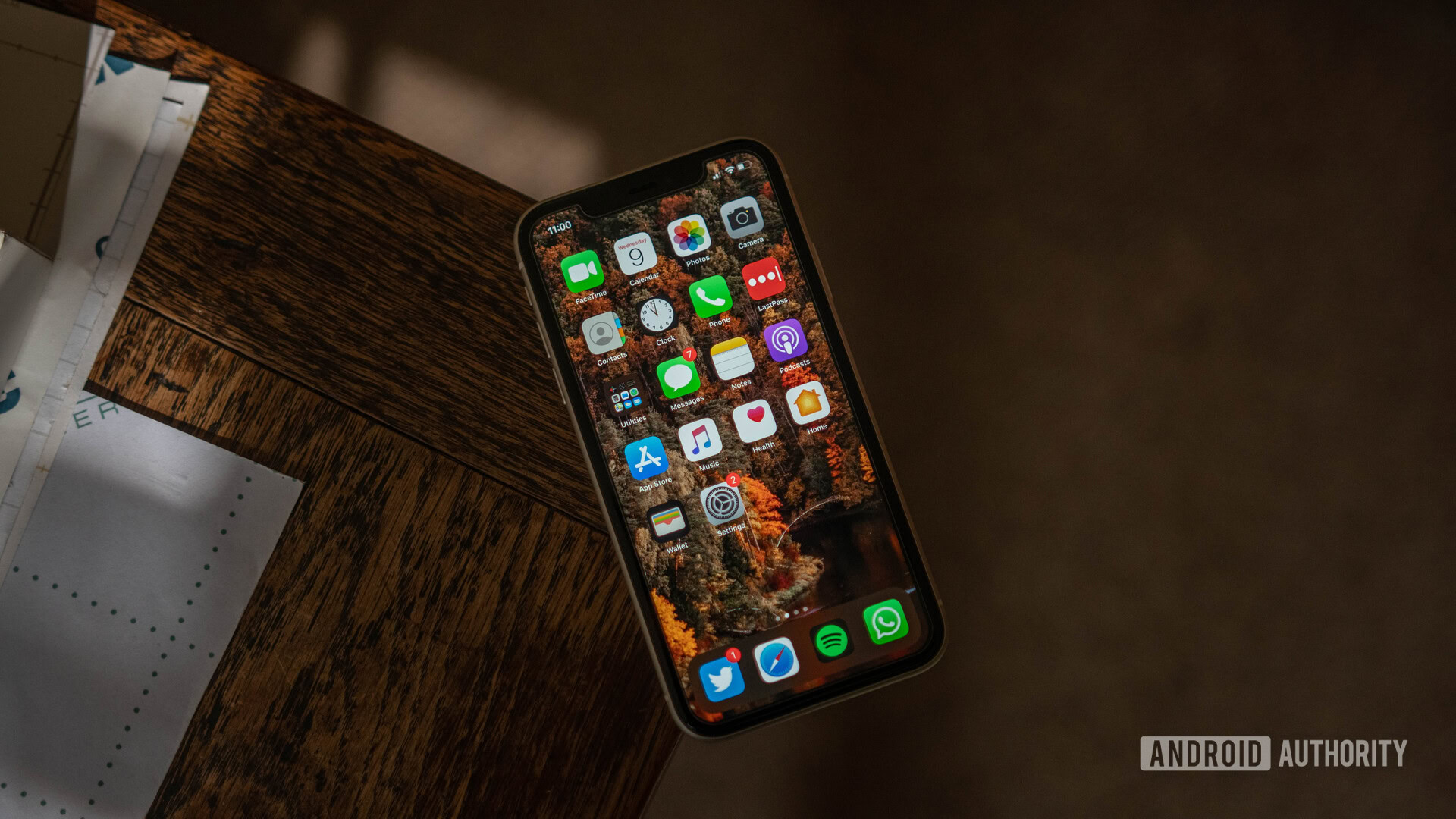
The more aggressive pricing might seem like Apple’s way of attracting Android users, but really it feels like Apple is mostly competing against itself here. The iPhone 11 is a decent phone for the money, but it offers little to entice Android users.
Here’s where the iPhone 11 arguably bests Android competitors in the same price range:
- It’s Apple. While most of our readers might not care, mainstream consumers will be tempted by the notion of an Apple device that is priced well below $1,000.
- Speed and performance exceed many of its Android rivals.
- A best-in-class camera experience.
Where the iPhone 11 loses ground:
- Build quality. While this is subjective, I felt the iPhone 11 didn’t feel as nice as some Android flagships.
- It runs iOS. This alone probably makes the iPhone 11 a harder sell for Android users who aren’t interested in swapping ecosystems.
- Storage configurations are pretty puny unless you’re willing to shell out more money.
Moving past ecosystems, the iPhone 11 feels like one of the most reasonably priced Apple products I’ve ever used. I often use the term “Apple tax” to refer to how Apple charges more for less, but this argument doesn’t apply as much to the iPhone 11. Don’t be completely fooled by the price tag though, as Apple is cheating a little bit to get down to this price point. One word: storage.
This is the iPhone most Apple fans should get, but it doesn't really offer anything to entice Android users.
Just about every Android phone with similar performance and pricing offers double — or even quadruple — the base storage. For most users, Apple’s starting 64GB is just not enough. If you jump up to the 128GB model, you’re now paying $749. Compare that to the OnePlus 7 Pro with 128GB, and you’re paying a premium of $80. On the flipside, the iPhone 11 has a better camera and arguably better performance, so for some it might be worth the slight premium.
Nonetheless, the iPhone 11 shows Apple is taking the affordable flagship movement seriously and is willing to more closely match the value you’ll find over at Camp Android.
Apple iPhone 11 vs iPhone 11 Pro: What’s the better option?
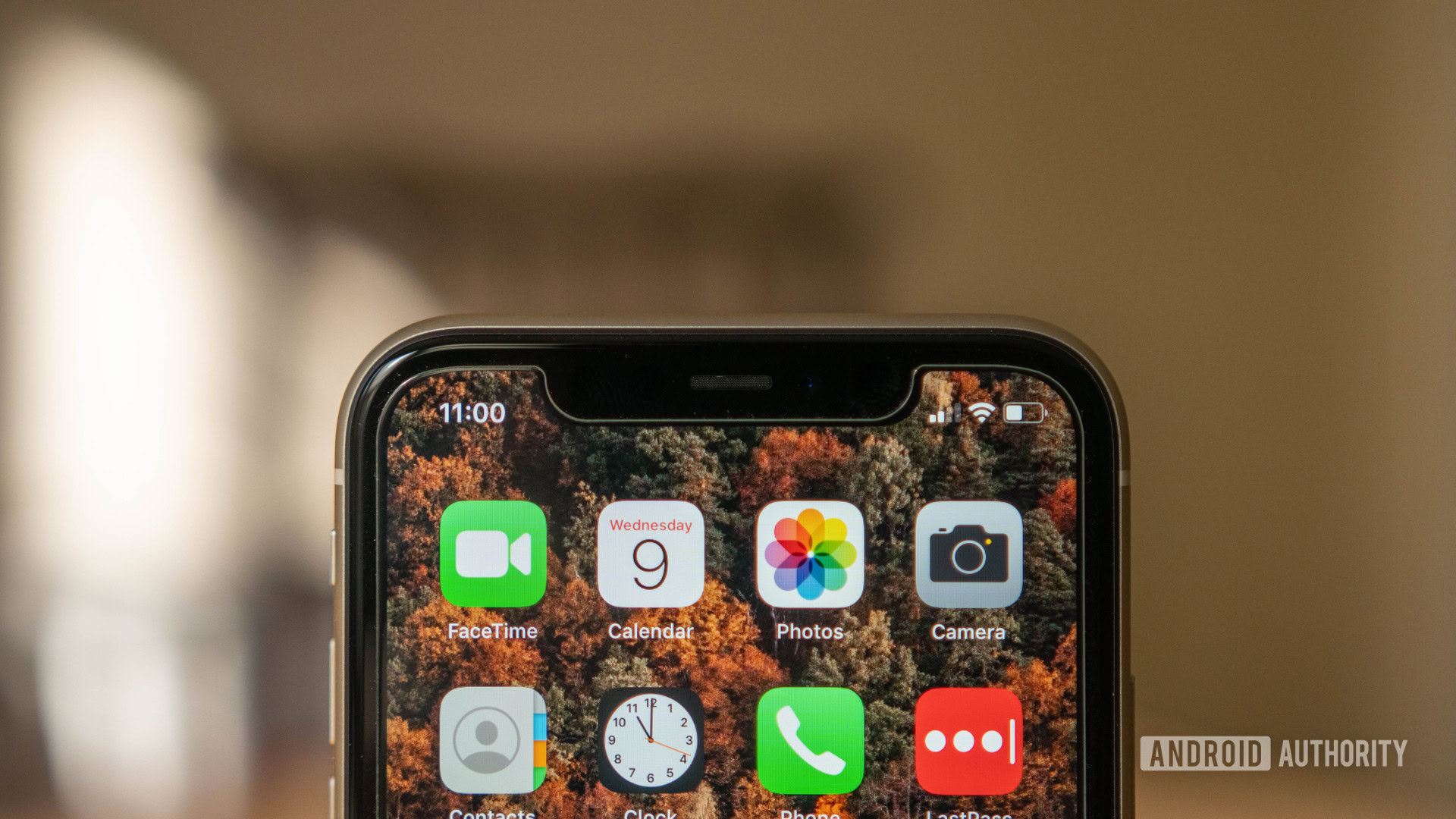
Most of you reading this are probably just curious about what Apple is up to, and not actively shopping for an iPhone. If you are considering making the switch to iPhone, which should you get?
Most users will be best served by the iPhone 11. The iPhone 11 camera is missing a few bells and whistles, the design of the phone isn’t quite as nice, and the display ditches AMOLED for LCD. However, most people won’t notice these differences during day-to-day use. They might notice the extra $300 in their bank account though.
Meanwhile, the iPhone 11 Pro and Pro Max are for those who want the best. Maybe you want to show off, maybe you are a spec nerd like myself. Or perhaps you just feel if you’re already spending a huge chunk of change, why not spend a little more and get the best of the best. To each their own. We won’t argue that the iPhone 11 Pro and Pro Max are the best iPhones in existence — but the iPhone 11 is a much better value.
This marks the end of our Apple iPhone 11 review. What do you think, could this $699 slab sway you away from Android?
Thank you for being part of our community. Read our Comment Policy before posting.